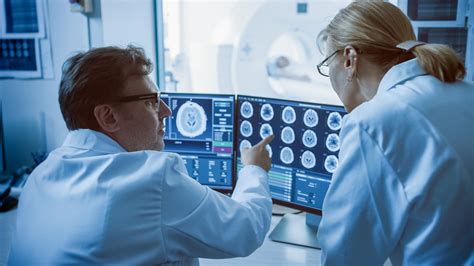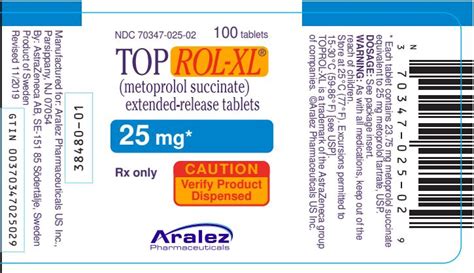The integration of medical information technology (IT) has revolutionized the healthcare sector, streamlining processes, enhancing patient care, and improving outcomes. At its core, medical IT involves the application of information technology to manage, process, and disseminate healthcare information. This encompasses a wide range of solutions, from electronic health records (EHRs) and telemedicine platforms to medical billing systems and health information exchanges (HIEs).
Electronic Health Records (EHRs)
EHRs are digital versions of the paper charts in clinician offices, containing the medical and treatment history of the patients in one practice. EHRs have the ability to provide accurate, up-to-date, and complete information about patients at the point of care, allowing clinicians to make better-informed decisions. They also facilitate better communication and coordination of care among healthcare providers, reduce errors, and improve patient safety.
The functionality of EHRs includes:
- Clinical Documentation: Detailed patient records, including diagnoses, medications, treatment plans, and test results.
- Order Management: Electronic ordering of prescriptions, labs, and radiology exams.
- Result Management: Automatic incorporation of laboratory and radiology results into the patient’s record.
- Decision Support: Clinical decision support systems provide healthcare professionals with clinical decision-making support.
Telemedicine
Telemedicine, or telehealth, is the use of electronic communication and information technologies, such as telephone, videoconferencing, and messaging, to provide healthcare remotely. This approach has become increasingly important, especially during the COVID-19 pandemic, as it allows patients to receive medical care from the comfort of their own homes, reducing the need for in-person visits and enhancing access to healthcare services.
Telemedicine platforms offer:
- Virtual Consultations: Direct interaction between patients and healthcare providers through video calls or messaging.
- Remote Monitoring: The use of devices to monitor patients’ conditions remotely, such as blood glucose levels or blood pressure.
- Specialty Consults: Access to specialist care without the need for travel, improving outcomes for patients in remote or underserved areas.
Medical Billing and Coding
Medical billing involves the process of submitting and following up on claims with health insurance companies to receive payment for medical services rendered. Medical coding, on the other hand, is the process of assigning codes to diagnoses and procedures to facilitate billing and statistical tracking. Accurate and efficient medical billing and coding are crucial for healthcare providers to receive timely reimbursement and to maintain financial stability.
Key aspects include:
- Coding Systems: The use of standardized coding systems like ICD-10 (International Classification of Diseases, 10th Revision) for diagnoses and CPT (Current Procedural Terminology) for procedures.
- Billing Software: Utilization of specialized software to manage claims, track payments, and analyze billing performance.
- Compliance: Ensuring adherence to regulations and guidelines to prevent billing errors and fraud.
Health Information Exchanges (HIEs)
HIEs enable the sharing of health information electronically between organizations, improving the speed, quality, safety, and cost of patient care. This allows healthcare providers to access comprehensive patient information, facilitating better decision-making and more coordinated care.
HIEs facilitate:
- Interoperability: The ability of different healthcare information systems to exchange, access, integrate, and cooperatively use data.
- Patient Engagement: Empowering patients to access their health records and take a more active role in their care.
- Public Health Surveillance: The collection and analysis of data to monitor and manage public health issues.
Implementation and Benefits
The implementation of medical IT solutions can be complex, requiring careful planning, investment in technology, and training for healthcare professionals. However, the benefits are substantial, including:
- Improved Efficiency: Streamlined clinical and administrative processes.
- Enhanced Patient Safety: Reduction in medical errors through better coordination of care and decision support systems.
- Better Patient Engagement: Empowering patients with access to their health information and tools for self-management.
- Cost Savings: Reduction in healthcare costs through reduced paperwork, improved billing, and more efficient use of resources.
In conclusion, medical information technology is a cornerstone of modern healthcare, offering a wide range of solutions that improve patient care, enhance efficiency, and reduce costs. As technology continues to evolve, the potential for even more innovative applications of medical IT will further transform the healthcare landscape, providing better outcomes for patients and more effective, efficient care delivery systems.
What are the primary benefits of using Electronic Health Records (EHRs) in healthcare?
+The primary benefits of EHRs include improved patient safety, better coordination of care, enhanced patient engagement, and increased efficiency and productivity for healthcare providers. They also facilitate better communication among healthcare providers, reduce errors, and improve patient safety through decision support systems.
How does telemedicine contribute to the accessibility of healthcare services?
+Telemedicine significantly contributes to the accessibility of healthcare services by allowing patients to receive medical care remotely. This is particularly beneficial for patients in remote or underserved areas, those with mobility issues, or during pandemics when in-person visits may not be safe or possible. It enhances access to specialist care, reduces waiting times, and provides continuous monitoring and support.
What role do Health Information Exchanges (HIEs) play in improving healthcare outcomes?
+HIEs play a critical role in improving healthcare outcomes by enabling the secure and efficient sharing of patient health information among healthcare providers. This facilitates more coordinated care, reduces the risk of medical errors, and ensures that healthcare providers have access to comprehensive patient information at the point of care, leading to better decision-making and improved patient outcomes.



